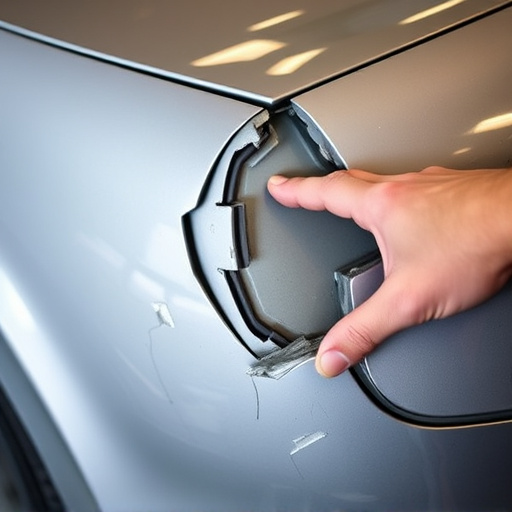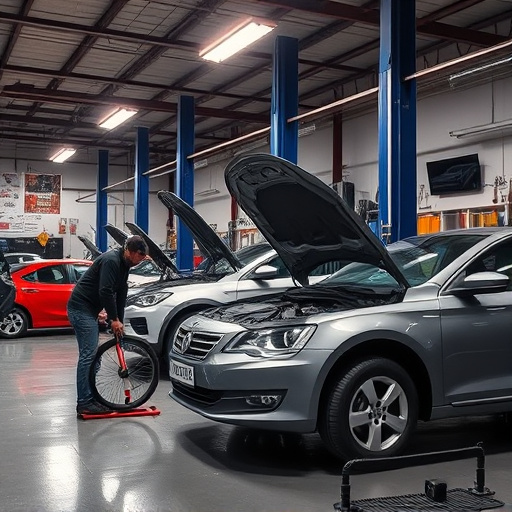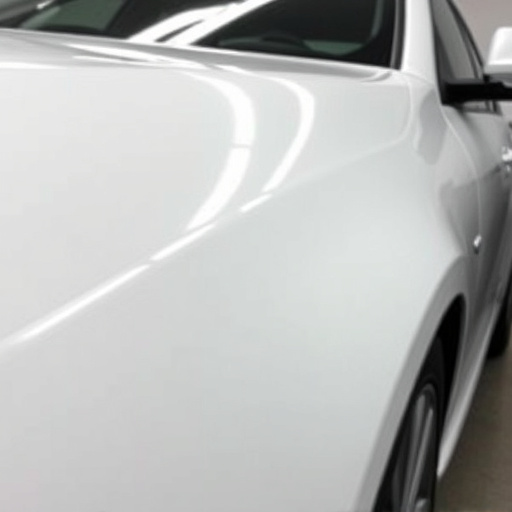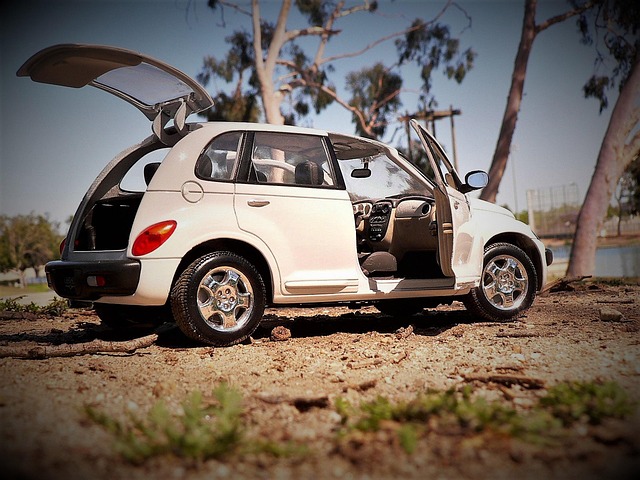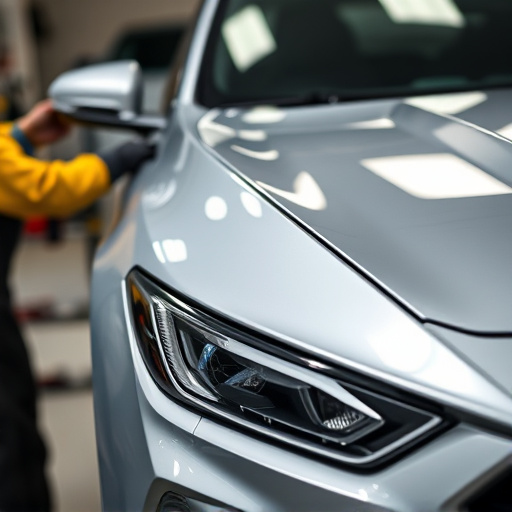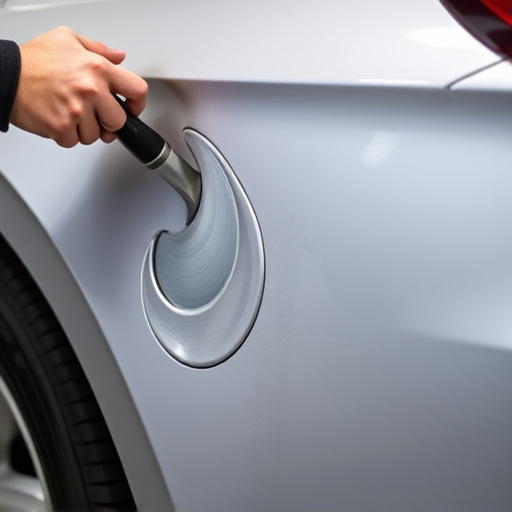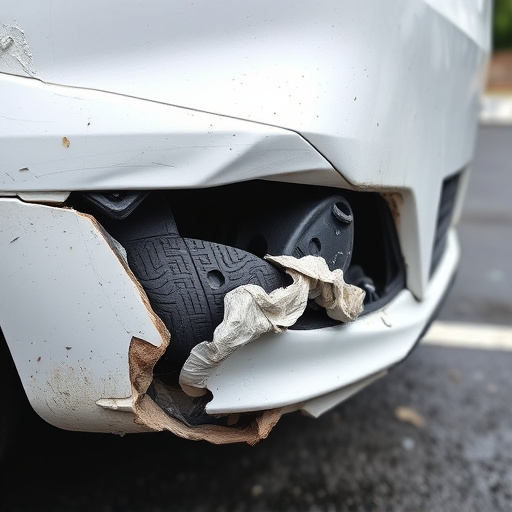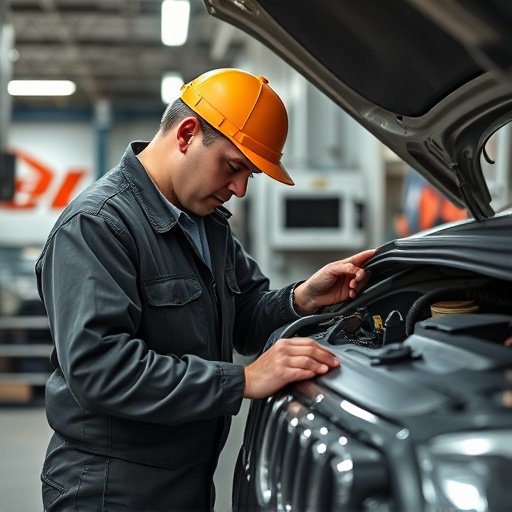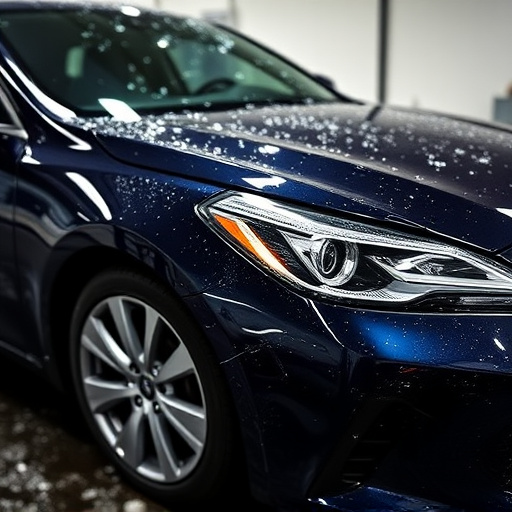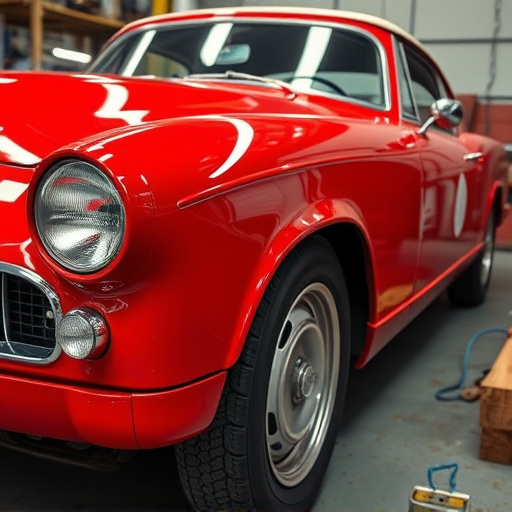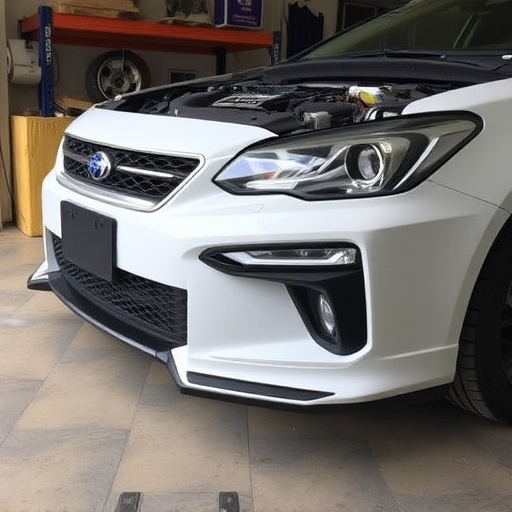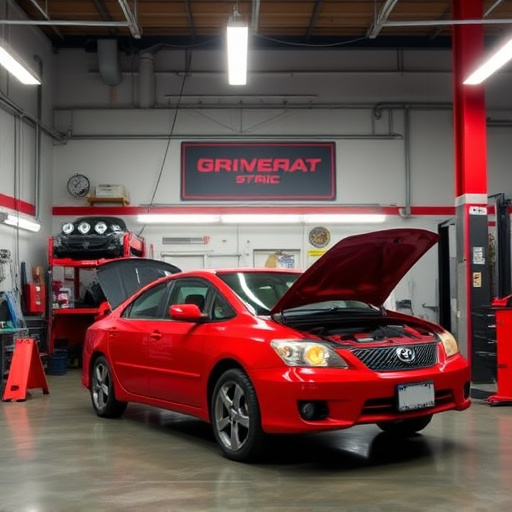Base coat application is vital in glass, window frame, and car repair for long-lasting fixes. It prepares surfaces, bridges damage gaps, enhances adhesion, matches finishes, and maintains aesthetic appeal. Proper surface prep with cleaning, light sanding, precise brushing & roller application, and adjusted viscosity are key steps for optimal base coat adhesion.
When repairing glass or window frames, a base coat is essential for achieving long-lasting, high-quality results. This introductory piece explores the significance of base coat application in restoring structural integrity and aesthetic appeal. We’ll guide you through preparing surfaces for optimal adhesion and mastering techniques for even, efficient application. By understanding these key steps, you’ll be well-equipped to tackle repairs with confidence, ensuring a sturdy and visually pleasing finish.
- Understanding Base Coat Significance in Repairs
- Preparing Surfaces for Optimal Adhesion
- Techniques for Efficient and Even Application
Understanding Base Coat Significance in Repairs

The application of a base coat is a crucial step in any glass or window frame repair process. It serves as a foundational layer that prepares the surface for subsequent coatings, ensuring long-lasting and effective repairs. Understanding the significance of this initial stage is key to achieving high-quality results in car damage repair and vehicle restoration projects.
A base coat acts as a bridge between the damaged area and the new material, providing an even and smooth surface. It adheres strongly to both the existing frame and any filler or paint used, enhancing the strength of the repair. In the realm of car restoration, this layer is particularly vital, as it helps to match the original finish and ensures that the restored vehicle retains its aesthetic appeal alongside structural integrity. Base coat application is thus an indispensable practice within the spectrum of professional vehicle repair services.
Preparing Surfaces for Optimal Adhesion

Before applying any base coat during glass or window frame repairs, ensuring proper surface preparation is paramount for achieving optimal adhesion. It’s crucial to thoroughly clean the area, removing any dirt, grease, or debris that could hinder the bonding process. This step often involves using a degreaser or specialized cleaner designed for automotive applications, especially in collision repair and vehicle restoration scenarios. Scrupulously scrubbing the surface with appropriate tools will guarantee a clean slate for your base coat application.
Additionally, sanding the surface lightly to create a slightly rough texture can significantly enhance adhesion. This process, often referred to as roughing up the area, helps the base coat penetrate into any microscopic crevices, creating a stronger bond. Remember, in the event of a fender bender or minor collision, these preparation steps are even more critical to ensure that repairs are not only visually appealing but also structurally sound.
Techniques for Efficient and Even Application

For efficient and even base coat application during glass and window frame repairs, professionals employ several techniques. One widely used method involves utilizing a small, precise brush for detailed areas, ensuring minimal wastage and uniform coverage. For larger surfaces, a roller applicator can be employed, enabling quick, smooth strokes that reduce the risk of streaking or uneven coats. This dual-approach—brushing for intricate spots and rolling for broader regions—saves time and effort while maintaining high standards of workmanship.
Additionally, adjusting the viscosity of the base coat plays a crucial role in achieving an even application. Thicker coatings are ideal for areas with visible imperfections like scratches or dents (including auto glass replacement scenarios) as they fill in minor defects more effectively. Conversely, thinner coats are recommended for smooth, pristine surfaces to prevent unnecessary buildup while still providing adequate protection. This tailored viscosity approach ensures that whether addressing scratch repair or car dent removal, the base coat application is both precise and thorough.
When repairing glass or window frames, a meticulous base coat application is key to achieving long-lasting results. By understanding the critical role of the base coat, preparing surfaces properly, and mastering application techniques, professionals can ensure optimal adhesion and enhance the overall durability of repairs. This focused approach to base coat application is an essential step in preserving the beauty and functionality of windows for years to come.
